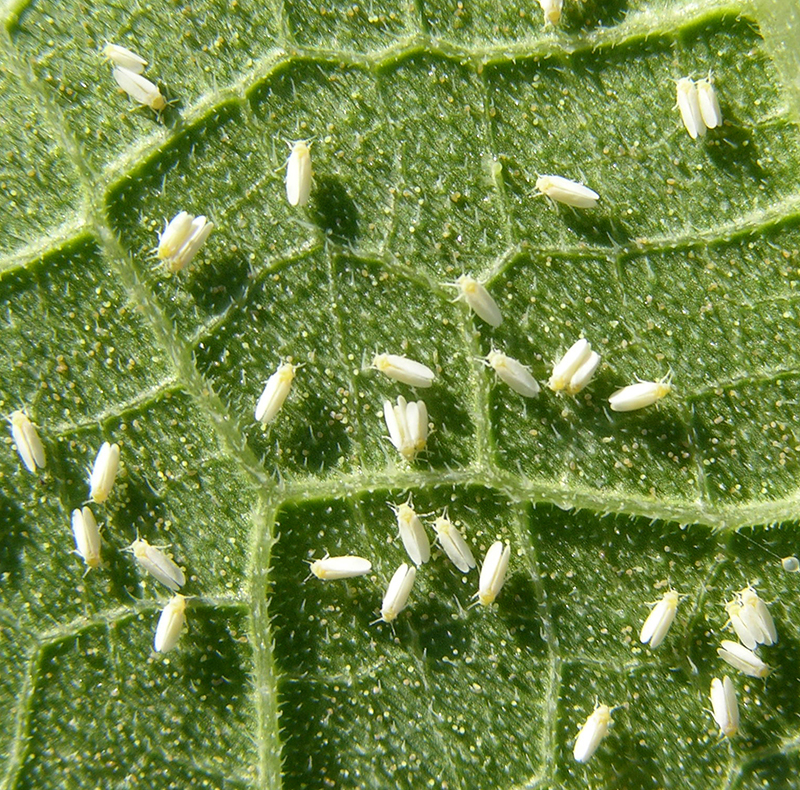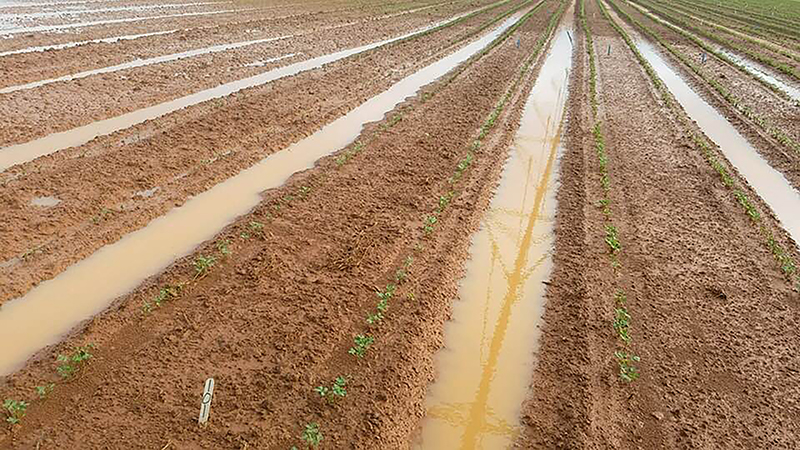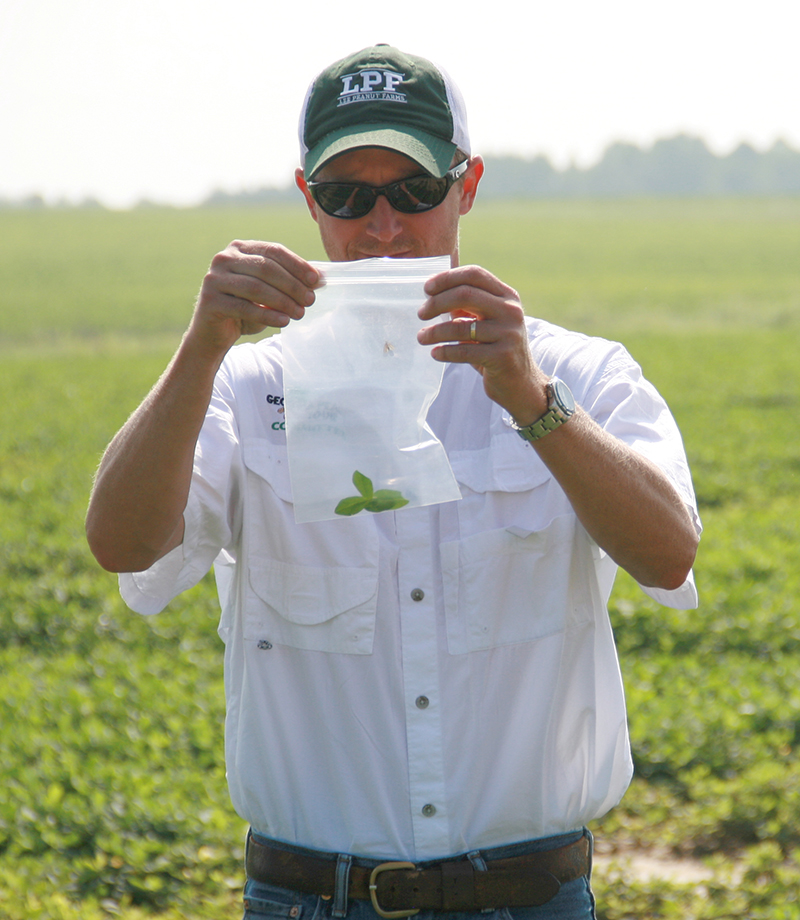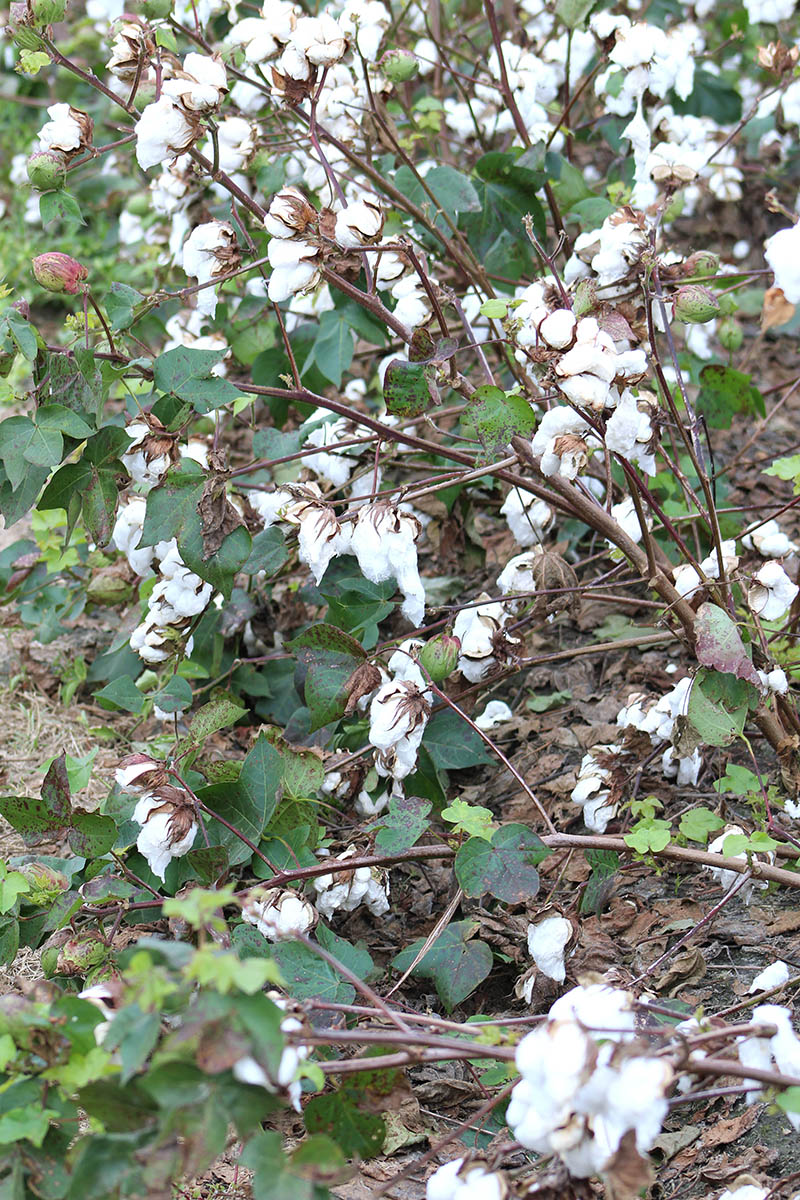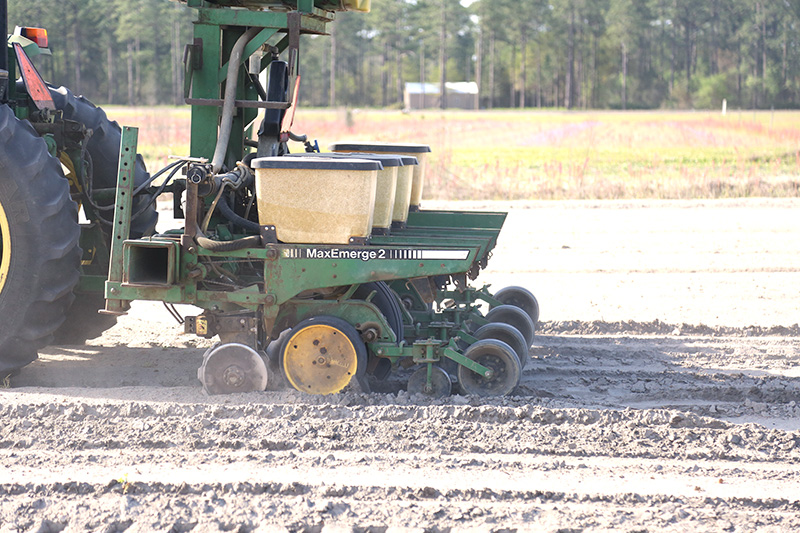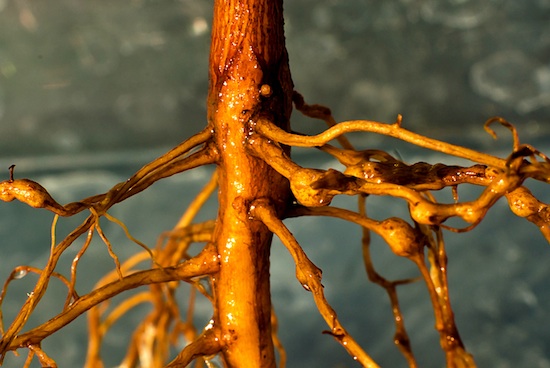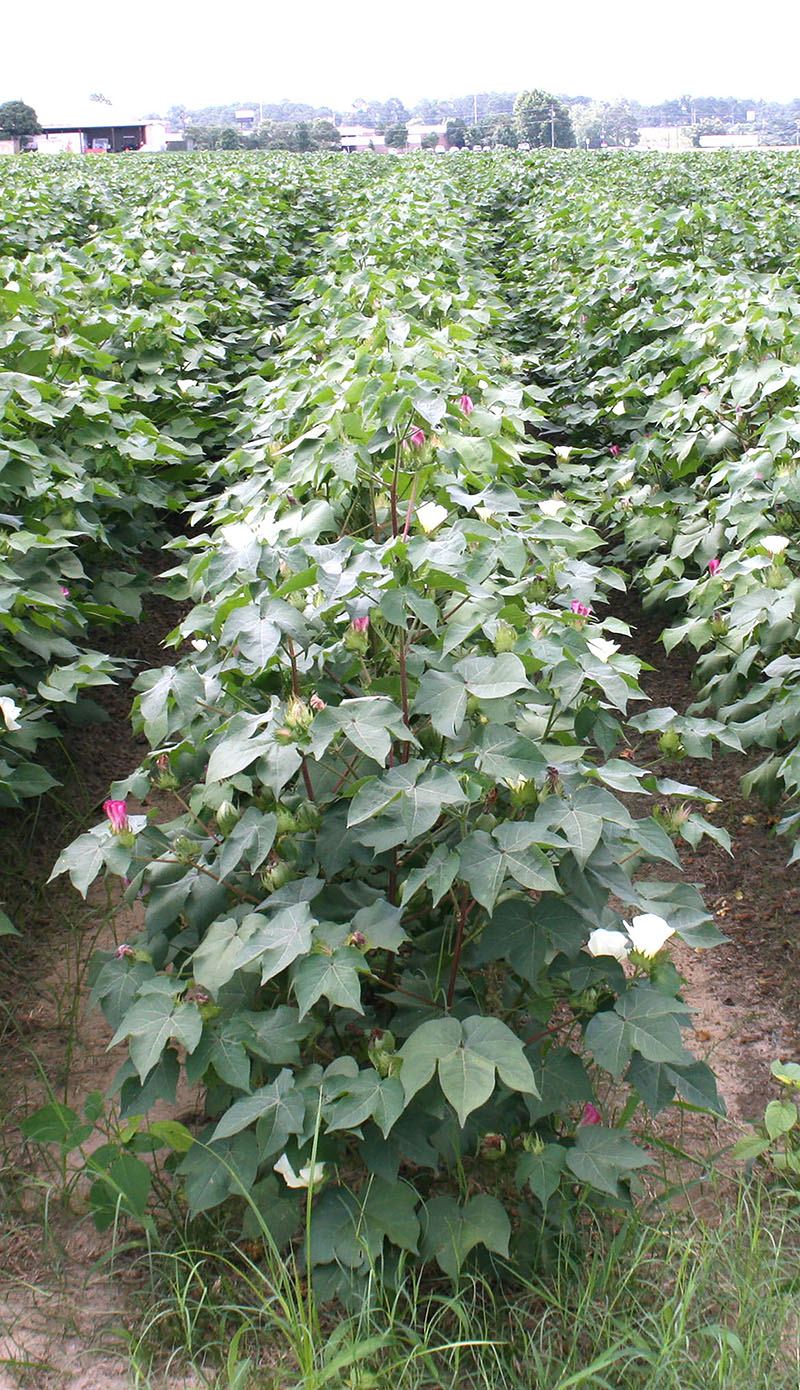 CAES News
CAES News
Late-Planted Cotton
If Georgia farmers plan to plant cotton, they need to do so as soon as possible. Only 86 percent of the state’s crop has been planted as of June 10, according to the U.S. Department of Agriculture’s Crop Progress and Condition Report for Georgia.

